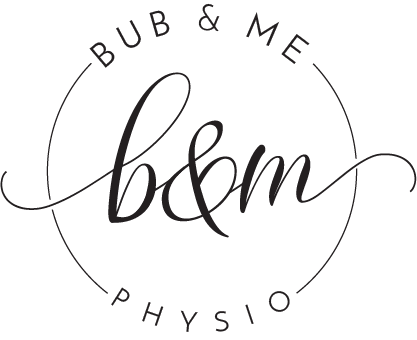What is a women’s health physiotherapist?
When you think of a physiotherapist, what is the first thing that comes to mind? Do you think of someone on a sports field treating sporting injuries? Unless you have come across women’s health physiotherapy before, it’s not often that you’d think of someone treating women during pregnancy and after birth for pelvic floor issues including incontinence and prolapse.
This is where we come in…..
What a lot of new mums don’t realise is that women’s health physiotherapists possess specialised skills to be able to thoroughly assess and treat the prenatal and postpartum body, including
The pelvic floor (strength, tears, prolapse)
Bladder and bowel (incontinence and constipation)
Blocked milk ducts/ Mastitis
Musculoskeletal complaints (abdominal muscle separation and back pain)
Safe individualised pathway for return to exercise
Physiotherapists working in women’s health are trained to perform assessments during pregnancy and at 6-weeks postpartum. It is important to note that this 6-week postpartum check-up is different from the check-up conducted by the obstetrician, GP or midwife and should be deemed complementary. They do not replace each other.
Even though you may not currently have symptoms, your women’s health physiotherapist possesses the skills to identify issues before they turn into problems, taking more of a proactive approach. The 6-week check-up is the perfect time to do this. Prevention is much better than cure!
We understand that not all women are able to access a women’s health physiotherapist, so we thought we’d develop a program that brings everything to you! Our prenatal and postnatal programs are based on our years of experience in this area of physiotherapy and are specifically designed to address the common issues that occur. Our program aims to keep you healthy, strong and informed throughout your pregnancy and guides you to recover in a safe and competent way after the birth of your baby.
Are you pregnant? Grab a copy of our free e-book, which offers information, strategies and exercises to help:
Understand your changing body, reducing risk of injury or complications
Prepare your pelvic floor for labour and birth
Minimise abdominal separation
Give you confidence to keep moving and stay strong



